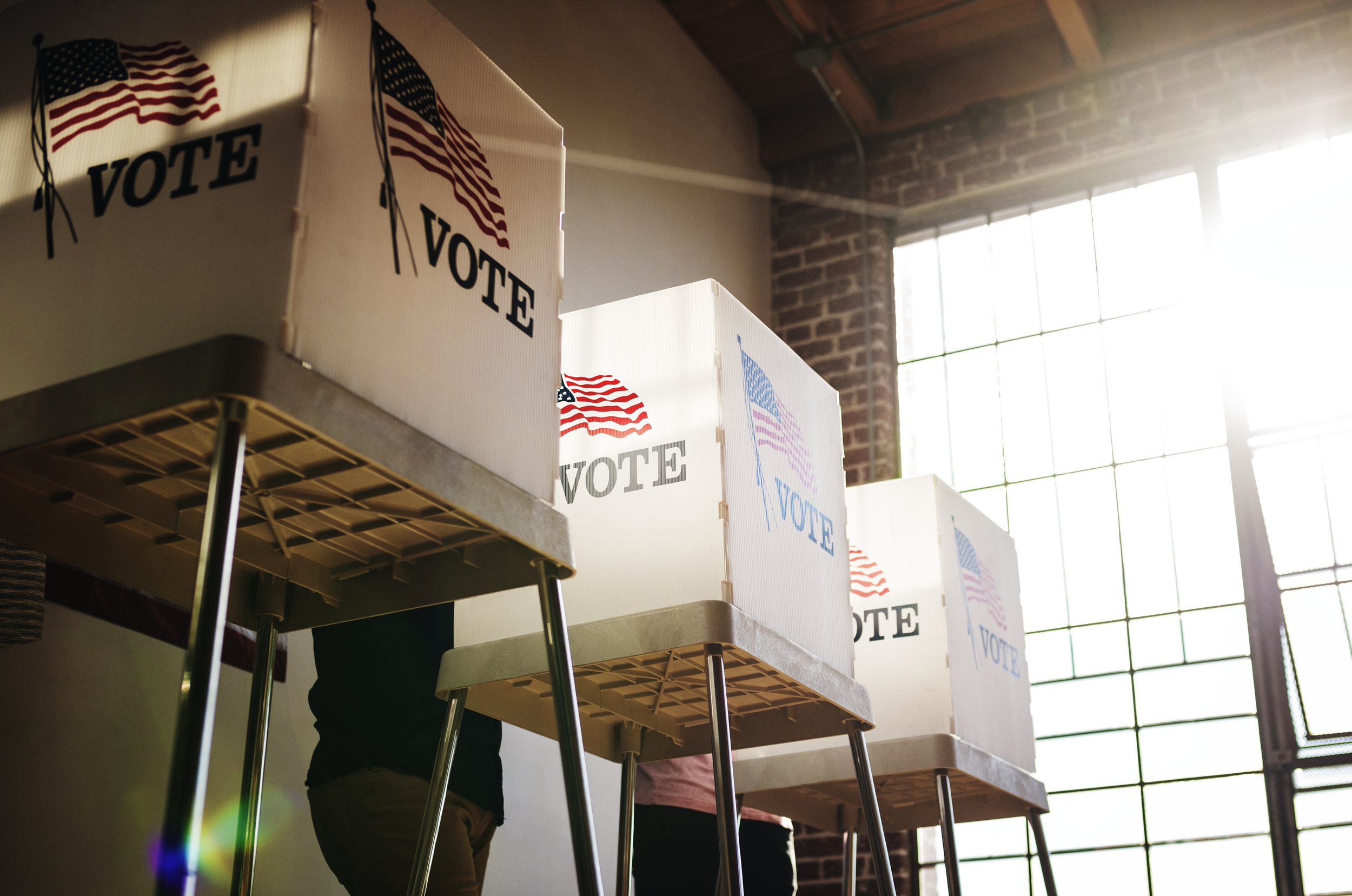About RCV
Ranked Choice Voting (RCV) makes democracy more fair and functional. This pro-voter, pro-democracy reform is a simple change that can make a world of difference.
How it works:
With Ranked Choice Voting, you can choose one candidate, like you always have, or rank the candidates in order of preference, as many or as few as you like. If your favorite candidate can’t win, your vote counts instantly for your second choice, so candidates must compete for every vote.
On the ballot, you can rank the candidates in order of preference: first, second, third, fourth, and so on. If one candidate receives a majority (more than 50%) of the first-choice votes, they win! If not, the candidate with the fewest votes is eliminated, and those votes count instantly towards the next choice on each voter’s ballot. This process repeats until one candidate has a majority.
The simple change will ensure that the winner has the support of a true majority of voters. It gives voters more choice by letting them pick the best candidate with the best ideas. And it opens up the process to diverse voices by giving all candidates a chance to compete and win.
Ranked Choice Voting will empower voters at this critical time in our democracy.
Check out this video explainer!
Benefits of RCV
More choices.
Democracy is strongest when more voices are heard, but good candidates are often pressured to stay out of a race for fear of splitting the vote with another similar candidate. This can be particularly true for candidates from groups under-represented in elected offices, such as people of color and women. Ranked choice voting allows more than two candidates to compete without fear of a “spoiler effect” in which the least popular candidate wins.
Greater diversity of candidates and winners.
Ranked choice voting invites greater participation from more diverse candidates because candidates are not discouraged from running at the risk of being a “spoiler.” Recent studies have found that ranked choice voting increases the percentage of BIPOC and female candidates seeking office, and that the victors of these elections tend to better reflect their constituency. This means underrepresented populations are winning more offices. For instance, of America’s 23 mayors elected via ranked choice voting, 65% of them are women and or people of color.
Majority winners.
Under existing law, a “winner” might actually be the candidate the majority of the voters consider to be the worst choice. Ranked choice voting ensures majority rule, rather than allowing a candidate to win with just 40 percent of the vote in a plurality. This protects democracy and better reflects will of the voters.
Less negative campaigning.
Ranked choice voting rewards candidates who reach out to voters beyond their typical base and build consensus. Because candidates compete for voters’ second-choice votes, the incentives for highly negative campaigning and personal attacks are reduced. Furthermore, recent research suggests that women are often deterred from running in the first place due to the prevalence of negative campaigning in the single-winner plurality systems.
Lower costs.
Runoff elections require all of the taxpayer costs and burdens of an additional election, but voter participation is usually much lower and, of course, the results of the election come much later. Ranked choice voting has a runoff election built into the system, thereby avoiding unnecessary costs.
Why RCV for Vermont?
Vermont can strengthen our democracy by ensuring candidates nominated for federal elections of U.S. House, U.S. Senate, and the Presidency, are truly representative and reflective of the will of voters.
Ranked choice voting ensures every race is won by a candidate who has the support of a majority of voters. Furthermore, ranked choice voting will provide more choices, less negative campaigning, and mitigate barriers that make it more difficult for women and BIPOC to run and hold office.

